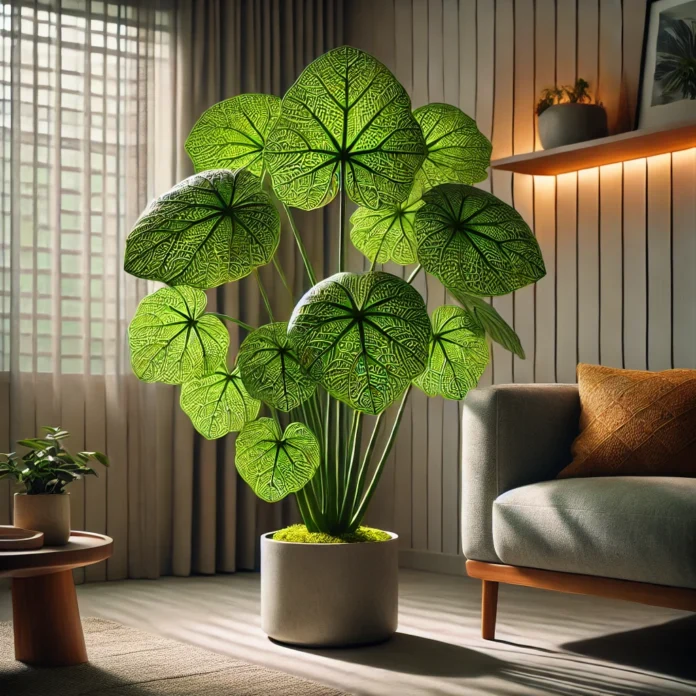Alright, plant enthusiasts.
Let’s solve this one for the ages.
You’re staring at your Schefflera.
It’s tall, leafy, and stealing the show in your living room.
But there’s one burning question:
Is a Schefflera a monocot or dicot?
Drumroll, please…
It’s a dicot.
And not just any dicot.
It’s the Beyoncé of dicots.
What’s a Dicot Anyway?
Think of dicots like your favourite sandwich.
Two slices of bread.
Two cotyledons in the seed.
Meanwhile, monocots are like bringing just one slice to lunch.
Practical? Maybe.
But a little sad.
How Do You Know Schefflera is a Dicot?
Simple.
It ticks all the boxes:
- Two cotyledons: The seed splits in two, like a peanut.
- Net-like veins: The leaves look like a spider designed them.
- Ring-shaped vascular bundles: Inside the stem, everything’s neat and tidy.
- Floral parts in fives: When Schefflera blooms (spoiler: it’s rare), it flaunts multiples of five.
Why Does This Even Matter?
It’s like knowing if your friend’s a tea or coffee person.
Understanding monocot vs. dicot tells you how to care for your plant.
Schefflera loves:
- Bright, indirect light.
- Watering when the soil feels dry.
- Being left alone to do its thing.
Treat it like a cactus?
It’ll ghost you faster than a bad Tinder date.
Schefflera in the Wild
Here’s what makes Schefflera scream, “I’m a dicot!”
- Leaves
- Monocots have parallel veins. Think straight lines.
- Schefflera? It’s all about that net-like pattern. Fancy.
- Roots
- Monocots grow fibrous roots, like spaghetti.
- Schefflera digs deep with a taproot system.
- Flowers
- Count the petals. Multiples of five? That’s a dicot party.
- Seeds
- Ever split open a Schefflera seed? It’s a perfect two-piece.
FAQs About Is a Schefflera a Monocot or Dicot?
1. Is Schefflera a low-maintenance plant?
Oh, 100%.
It’s like that one friend who’s chill no matter what.
Bright light, a little water, and it’s happy.
2. Can I grow it outside?
Depends where you live.
Tropical paradise? Go for it.
Rainy UK weather? Keep it inside.
3. Why are the leaves turning yellow?
Classic overwatering drama.
Let the soil dry before you grab the watering can again.
4. Does it flower?
Outdoors? Maybe. Indoors? Not likely.
If it does, think tiny flowers that you’ll miss if you blink.
5. Is it safe for pets?
Sadly, no.
Schefflera is toxic to cats and dogs.
So keep it far from your furry friends.
7. Can Schefflera be pruned?
Absolutely.
If it’s getting too tall, grab some scissors and trim it back.
It’ll grow bushier and thank you for the makeover.
8. What kind of soil does Schefflera like?
Well-draining soil is the way to go.
Think potting mix with a bit of perlite or sand.
It’s like giving your plant a comfy bed.
9. Can I propagate Schefflera?
Yes, and it’s super easy.
Snip a stem, stick it in water or soil, and watch it grow.
It’s like making a mini-me of your plant.
Monocots vs. Dicots: The Showdown
Let’s make it easy.
| Feature | Monocots | Dicots (Schefflera) |
|---|---|---|
| Cotyledons | 1 | 2 |
| Leaf Veins | Parallel | Net-like |
| Roots | Fibrous | Taproot |
| Vascular Bundles | Scattered | Ringed |
| Floral Parts | Multiples of 3 | Multiples of 4 or 5 |
See? Schefflera is all about that dicot life.
- Also Read: Vintage Stanley 85-904 3/8 Wrench.
Fun Facts About Schefflera
- It’s also called the umbrella plant.
Because its leaves fan out like mini umbrellas.
Perfect for pretending you’re in the tropics. - It’s basically unkillable.
Okay, not really.
But it’s tough. Forget a watering or two, and it’ll survive. - It loves to grow tall.
Indoors, expect 6-8 feet.
Outdoors, it can hit 20 feet. Jungle vibes, anyone?
Final Thought
So, is a Schefflera a monocot or dicot?
It’s a dicot.
Treat it right, and it’ll turn your home into a tropical paradise.
Bright light. Moderate water.
And maybe a kind word now and then.
Share your newfound plant expertise and amaze your friends!
Or just enjoy the leafy goodness.

